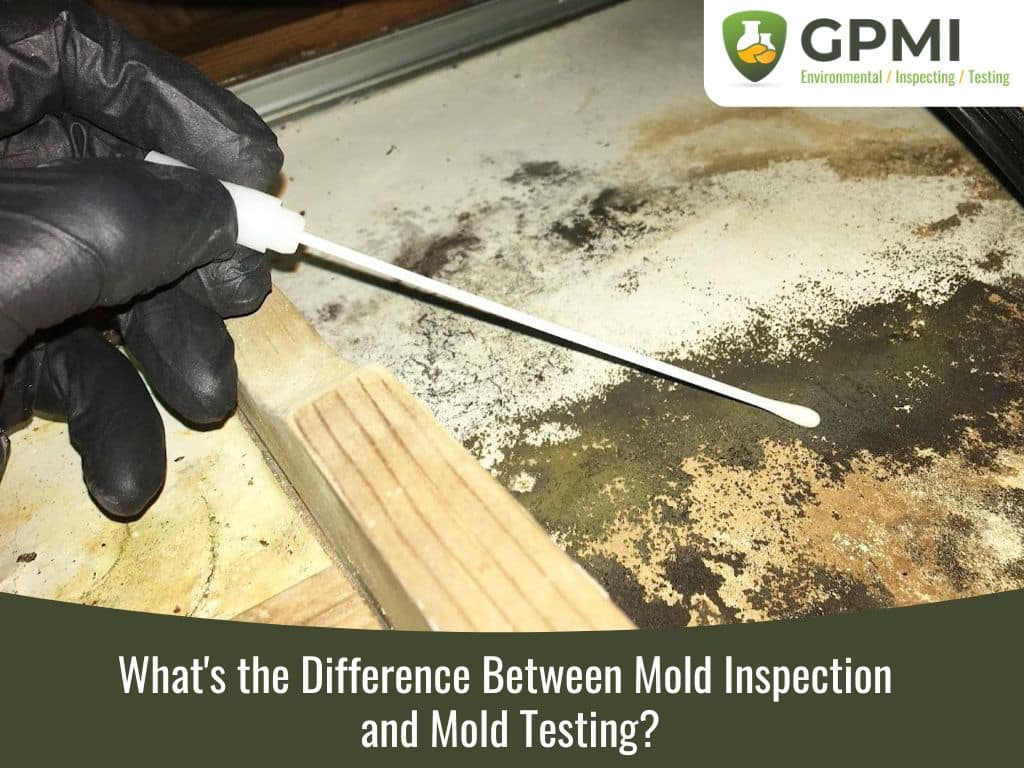Support on What to Do After Mold Remediation
Support on What to Do After Mold Remediation
Blog Article
Your Ultimate Overview to Post Mold And Mildew Removal Methods
In the after-effects of mold and mildew infestation, knowing just how to efficiently eliminate the mold and mildew and avoid its reoccurrence is critical for keeping a healthy interior environment. From picking the appropriate cleaning and disinfecting methods to applying approaches for long-lasting mold and mildew prevention, each action in the removal journey plays a crucial function in ensuring an effective end result.
Understanding Post-Mold Remediation Refine
After completing the mold and mildew removal procedure, it is important to understand the post-mold remediation techniques that are essential to make sure a detailed and reliable cleanup. As soon as the mold has been eliminated, the next action involves cleansing and decontaminating the impacted locations to avoid any regrowth of mold and mildew. This includes using specialized cleansing agents to clean down surface areas and kill any staying mold and mildew spores. It is necessary to dry the location totally to discourage the development of mold and mildew in the future (what to do after mold remediation). Appropriate ventilation and dehumidification can aid in this process.
Moreover, conducting a last assessment post-remediation is important to make certain that all mold has been effectively gotten rid of. If the assessment discloses any kind of sticking around mold, additional remediation may be necessary.
Efficient Cleaning Up and Decontaminating Approaches

Protecting Against Future Mold Development

Importance of Appropriate Air Flow
Correct ventilation plays a vital duty in avoiding dampness accumulation, an essential aspect in mold growth within indoor settings. Recommended Reading Effective air flow systems help get rid of excess moisture from the air, reducing the opportunities of mold spores locating the moisture they need to spread out and sprout. Without sufficient ventilation, interior areas can come to be a breeding ground for mold, leading to prospective health risks and structural damage.
By making certain appropriate air blood circulation, ventilation systems can likewise help in drying out moist locations quicker after water damage or flooding incidents, even more preventing mold and mildew development. what to do after mold remediation. In rooms like shower rooms, cooking areas, attic rooms, and basements where dampness levels have a tendency to be higher, setting up and keeping effective ventilation systems is vital in avoiding mold and mildew infestations

Tracking and Upkeep Tips
Offered the crucial function that appropriate ventilation plays in stopping mold growth, it is important to develop reliable monitoring and upkeep pointers to guarantee the continued performance of air flow systems. Regular inspections of air flow systems must be carried out to inspect for any indications of clogs, leaks, or malfunctions that could hamper correct air movement. Surveillance humidity levels within the property is additionally crucial, as high moisture can add to mold growth. Installing a hygrometer can aid track moisture levels and alert home owners to any type of spikes that may require focus. In addition, making sure that air filters are regularly cleansed or changed is vital for keeping the effectiveness of the air flow system. Carrying out a schedule for regular maintenance tasks, such as duct cleansing and HVAC system examinations, can assist avoid problems before they intensify. By remaining proactive and conscientious to the condition of air flow systems, residential or commercial property owners can efficiently alleviate the risk of mold regrowth and preserve a healthy and balanced indoor environment.
Conclusion
In verdict, post-mold remediation techniques are necessary for making certain a tidy and safe setting. Comprehending the procedure, applying effective cleansing and disinfecting approaches, avoiding future mold growth, maintaining correct ventilation, and normal surveillance are all crucial steps in the remediation process. By adhering to these standards, you can effectively remove mold and prevent its return, functioning or promoting a healthy and balanced living room for all occupants.
In the aftermath of mold and mildew infestation, knowing how to successfully get rid of the mold and avoid its reoccurrence is paramount for keeping a healthy interior environment. useful reference As soon as the mold has actually been removed, the next step includes cleaning and disinfecting the affected locations to stop any kind of regrowth of mold - testing air quality after mold remediation. After getting rid of visible mold and mildew growth, it is important to clean all surface areas in the affected location to get rid of any type of remaining mold and mildew spores. To further enhance mold and mildew prevention procedures, it is essential to resolve underlying problems that initially led to mold and mildew growth.Offered the important duty that proper air flow plays in avoiding mold growth, it is essential to develop reliable monitoring and upkeep pointers to ensure the ongoing capability of ventilation systems
Report this page